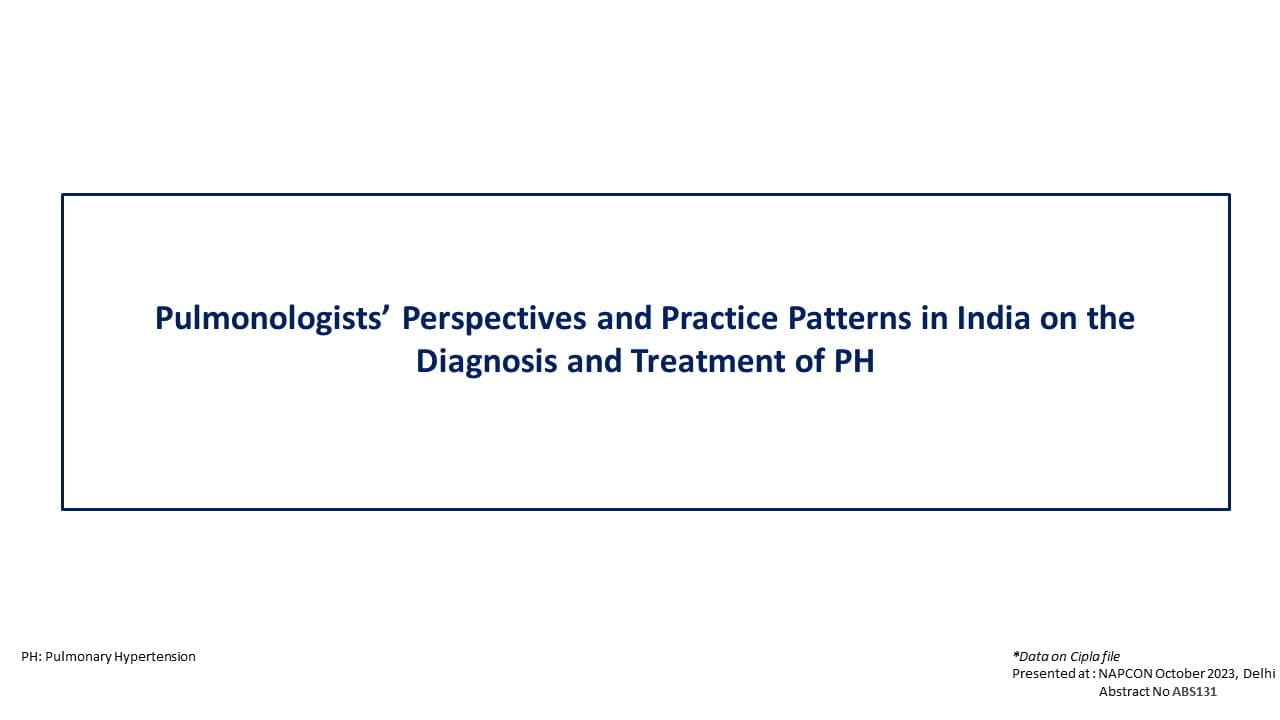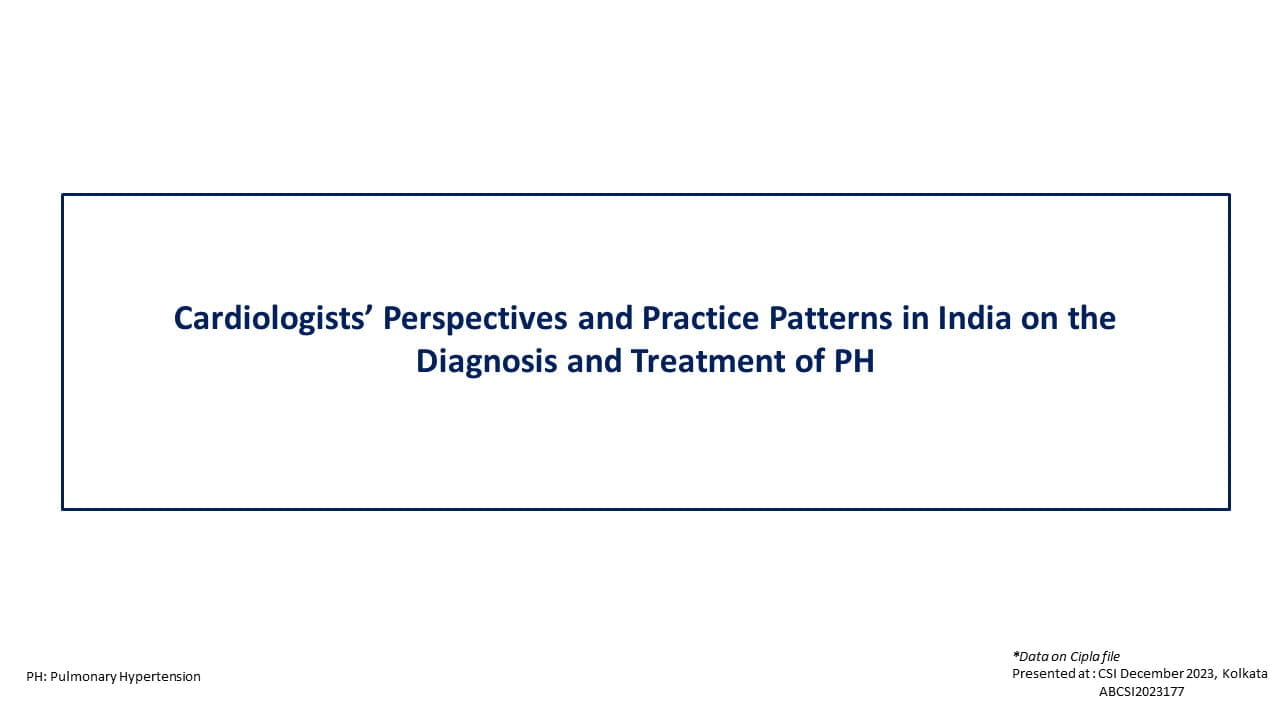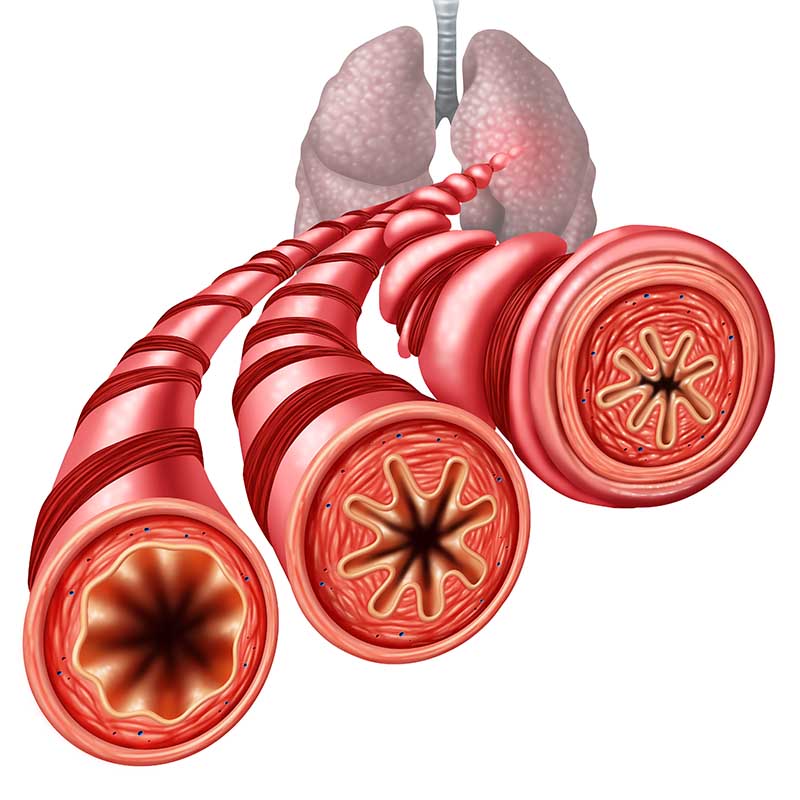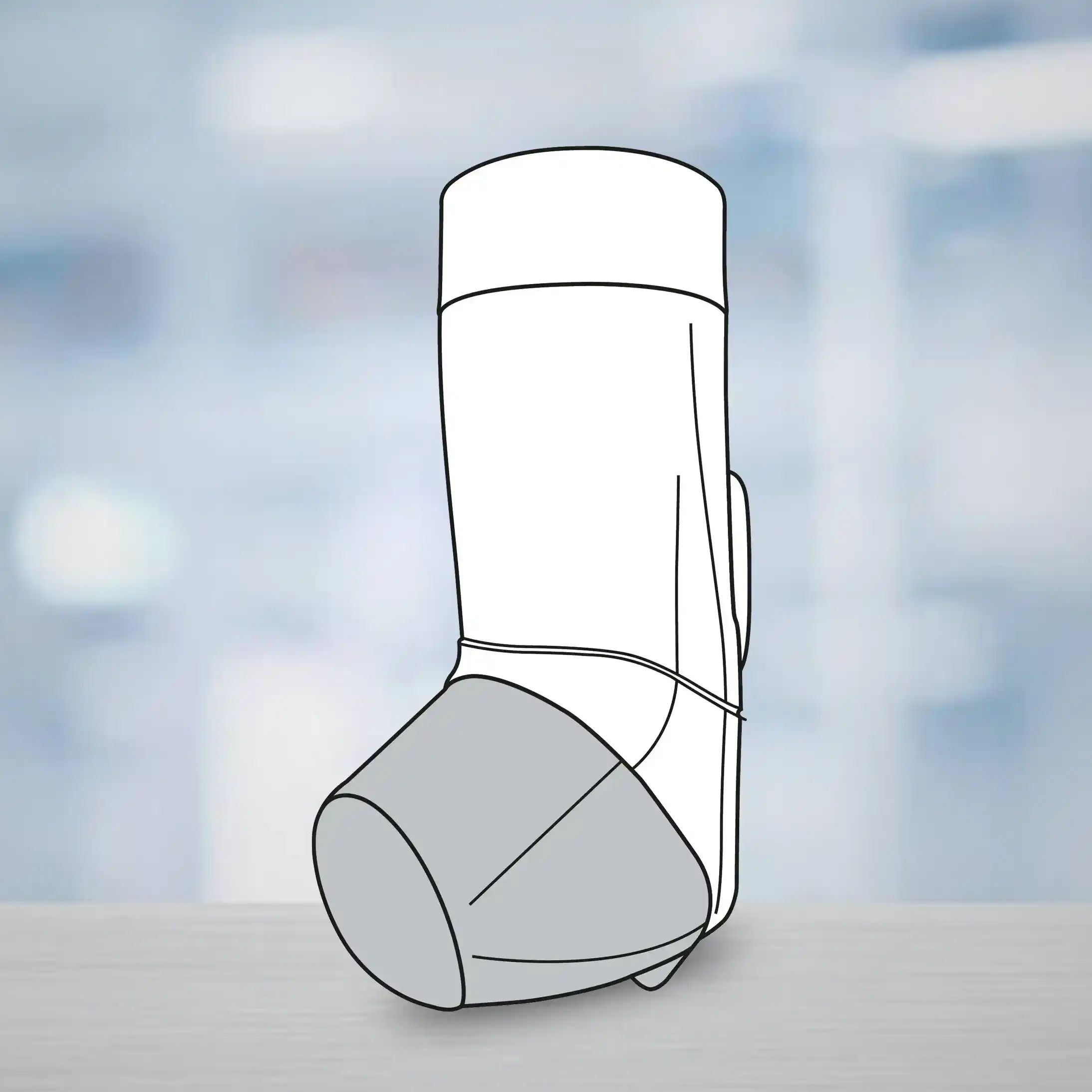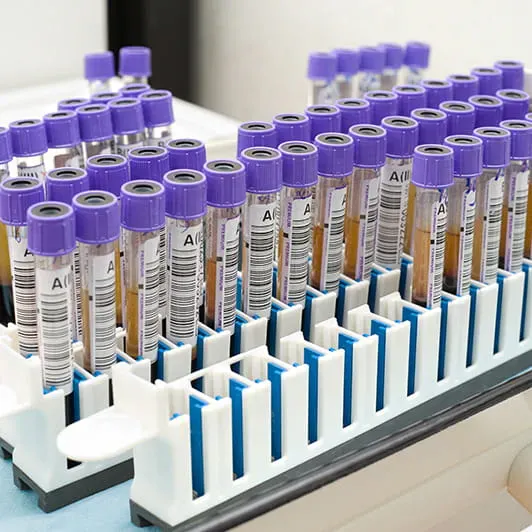Pregnancy and Lactation Associated Osteoporosis: Clinical Features and Interventions
27 Aug, 24
Introduction
Pregnancy and lactation-associated osteoporosis (PLO) is a type of premenopausal osteoporosis in which pregnant and lactating women present with fragility fractures. PLO could predict future fractures like premenopausal osteoporosis. To investigate this rare condition, epidemiological research using a health insurance database was conducted.
Aim
To describe the clinical features of PLO as a subtype of premenopausal osteoporosis and evaluate medical interventions for women with PLO
Patient Profile
- Retrospective cohort study using an administrative claims database by the Japan Medical Data Center (JMDC, Tokyo, Japan)
- Extraction of data from 105,931 insured women who had recorded childbirth dates
- Inclusion criteria for defining childbirth included ICD-10 codes for various deliveries and obstetric conditions to avoid surrogate or adopted child cases
Methods
Analysis and division of records into study groups
- Premenopausal osteoporosis group: n=231 women identified with low-trauma fractures between ages 18-47
- Fracture Analysis: Fractures were analyzed in relation to childbirth timing, categorized into monthly and 18-month periods relative to delivery
- PLO group: Premenopausal osteoporosis group was further classified into a pregnancy and lactation-associated osteoporosis (PLO) group. It was defined by fractures around childbirth, including vertebral and pelvic fractures (n=56)
- Control group: A control group of 500 women without fragility fractures was also created for comparison
Study endpoints
- Fracture-causing factors, prescribed drugs and diseases that might cause bone fragility in reproductive age women were explored
- Medical interventions for osteoporosis after a diagnosis of a fracture were investigated
Results
- Incidence of PLO: The incidence of PLO was estimated at 460 per million deliveries
- Maternal Age and Deliveries
- PLO group had a significantly higher maternal age compared to the control group (p = 0.0082)
- Number of singleton deliveries per woman was similar in both groups, with 1.161 in the PLO group and 1.162 in the control group
- Fracture Causing Factors
- Compared with the control group, “absent, scanty, and rare menstruation”, [odds ratios (OR) = 3.80] “female infertility associated with anovulation” (OR = 2.10) and “female infertility unspecified” (OR = 2.02) were significantly more frequent in the PLO group
- No significant differences in the frequency of other factors between the two groups
- Fracture Occurance and Timing Analysis
- The highest number of fractures, including all types (n = 74) occurred around childbirth
- In the premenopausal osteoporosis group, the most common fracture site was the vertebrae (35.0%), followed by the distal radius and sacrum (28.7% and 21.1%, respectively). Proximal femoral fracture was rare (1.7%).
- PLO Group:
- Vertebral fractures peaked at 2 months after childbirth and gradually decreased at about 1 year after childbirth
- Most pubic fractures (5/6) and all pelvic fractures excluding pubic fractures (4/4) occurred between the month before and the month after childbirth
- Pelvic fractures were most likely to occur in the month of childbirth
- Medical Interventions
- General Interventions in premenopausal osteoporosis group (n=231):
- Osteoporosis Diagnosis: 14.7% were diagnosed with osteoporosis
- Bone Densitometry: 13.9% underwent bone densitometry, frequency was higher than the control group
- Anti-Osteoporosis Pharmacotherapy: 10.8% received anti-osteoporosis medication
- Lactation Inhibitors: 4.3% were given lactation inhibitors, use comparable between control group
- Specific Findings for Patients with vertebral fractures in this group (n=81):
- Osteoporosis Diagnosis: 38.3% were diagnosed with osteoporosis
- Bone Densitometry: 34.6% underwent bone densitometry
- Anti-Osteoporosis Pharmacotherapy: 28.4% received anti-osteoporosis medication
- Lactation Inhibitors: 9.9% were given lactation inhibitors
- Specific Findings for Vertebral Fractures in PLO group (n=45):
- Osteoporosis Diagnosis: 57.8% with vertebral fractures were diagnosed with osteoporosis
- Bone Densitometry: 48.9% underwent bone densitometry
- Anti-Osteoporosis Pharmacotherapy: 44.4% were treated with anti-osteoporosis drugs
- Lactation Inhibitors: 13.3% received lactation inhibitors
- Comparative Frequencies:
- Medical interventions were significantly more frequent among those with vertebral fractures compared to those without (ORs: 30.40 for diagnosis, 19.30 for bone densitometry, 29.30 for pharmacotherapy, and 8.11 for lactation inhibitors)
- PLO Group Interventions by Fracture Timing:
- Medical Interventions Timing:
- The frequency of interventions was highest 1-6 months after childbirth
- Lactation Inhibitors: Prescribed to 13.3% of patients with PLO fractures, specifically around childbirth
- Anti-Osteoporosis Pharmacotherapy:
- PLO Group: Among 45 patients with vertebral fractures, 20 received pharmacotherapy.
- Active Vitamin D Analogues: 12 patients
- Bisphosphonates: 7 patients
- Calcium Supplements: 6 patients
- Combination Therapy: 10 patients received a combination of active vitamin D analogues and another drug
- Teriparatide: Prescribed to only one patient
- SERMs: Not used in the PLO group
- Hospitalization Rates
- Premenopausal Osteoporosis Group: 35 fractures required hospitalization (14.8% of all fractures), with particularly high hospitalization rates for proximal femoral fractures (75% of 4 cases)
- PLO Group: 8 PLO fractures required hospitalization (approximately 14.3% of PLO fractures), with all pubic fractures being diagnosed during hospitalization due to delivery
The analysis of interventions and hospitalization rates underscored the increased healthcare needs of women with pregnancy and lactation-associated osteoporosis.
Conclusions
- PLO with vertebral fractures, along with distal radius and sacral fractures occurring outside of childbirth periods, were significant types of premenopausal osteoporosis.
- Pregnancy and lactation increase the risk of clinical fractures, particularly in those with ovulation disorders, a history of infertility treatments, and advanced maternal age.
- The prevalence of PLO was found to be higher than previously thought. The rising maternal age in developed countries may contribute to a higher prevalence of PLO
Reference
BMC Pregnancy Childbirth. 2024; 24: 301


